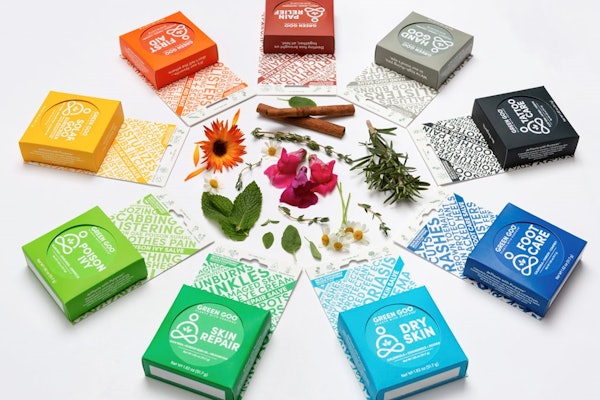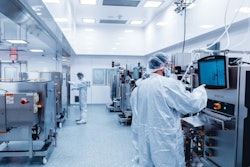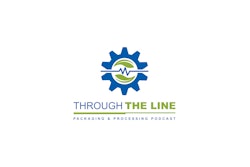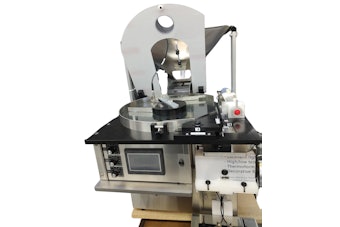Biggs explained that it was relatively inexpensive to adapt the company's existing packaging line for application of Gen2 RFID tags. He said it cost "less than half a million dollars to upgrade the line," which fills 120 bottles/minute. He also noted that while some of the packaging line testing has been done, full validation is yet to happen. Some problems he thought might crop up have not. For example, he was initially concerned about electrostatic discharge interfering with label reads. That has not been a problem.
--By Stephen Barlas, Contributing Editor


















